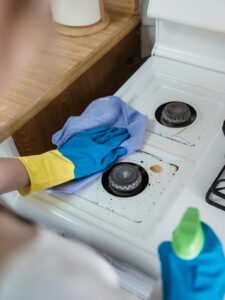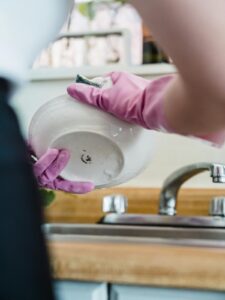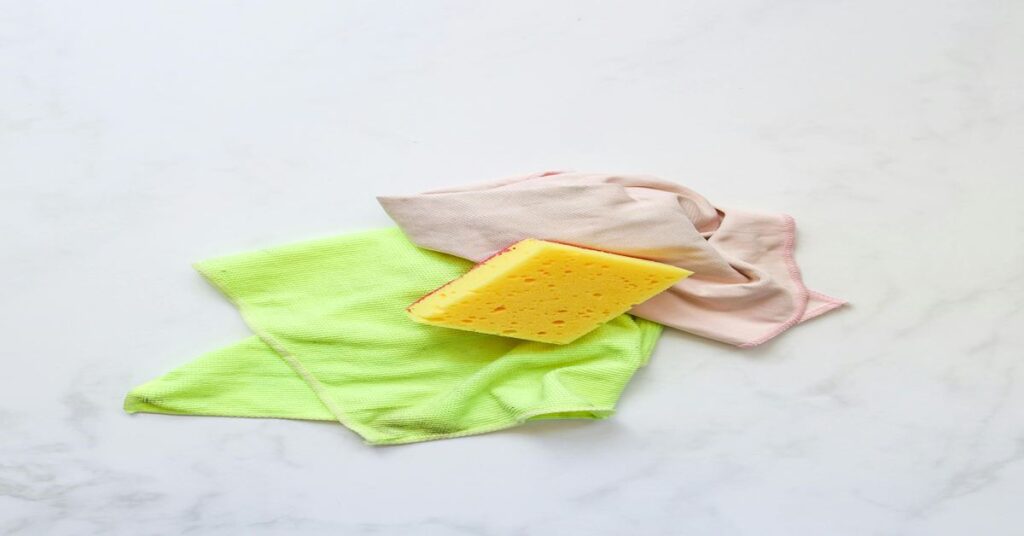Reusable rags
Reusable rags are cloths that can be used several times for cleaning, and thus they are not disposable, like traditional rags. They are usually made from robust materials such as cotton, microfiber, and terrycloth, which withstand wiping, dusting, polishing, and any other cleaning activities. Unlike their disposable counterparts, these reusable rags can be washed and used once more, which makes them more practical and environmentally friendly.

Most of the practicality and greenness must flow from the fact that they can be washed several times and still have cleaning performance, which reduces wastage and lowers overall cleaning costs. Be it at home, trying to reduce waste or in business searching out cost-effective solutions, the list of the advantages of these rags goes on, easily making them a valuable real addition to any cleaning arsenal.
Why these are considered as the best cleaning rags?
These are the best reusable cleaning rags because it can be washed and used over and over again in contrast to single-use disposable wipes or paper towels. Made from common materials such as cotton, microfiber, synthetic, and terrycloth, the rags are good for most cleaning tasks with minimal environmental impact and reduced continuing costs.
Benefits of Reusable Rags
Reusable rags help the environment greatly. When you use these rags, you lower your consumption of disposables, waste that goes landfills, and lessen the use of natural resources needed to make these paper products. Using rags over paper towels or wipes can definitely decrease the eco-footprint of your home or business. Despite the fact that a rag costs more compared to other products—compare to the cost of a disposable rag—they are more cost-effective.

These rags are of the view to be washed and therefore be used a million times without the need for purchasing them frequently. They are therefore very economical for both home and commercial cleaning. The rags are reusable in different kinds of materials and sizes. They can do many tasks in cleaning from wiping, dusting furniture, mopping up of spills, and polishing.
For example, microfiber rags demonstrate good performance in cleaning by holding dust and dirt back in without any additional cleaning agent. These, high quality cleaning rags are made to be durable and to stay in quality even after repetitive use and laundering. They are made from quality materials that always maintain their integrity and cleaning attributes even after many washes.
The durability offers long-term value and dependability in performance from reusable rags. These rags properly utilized can reduce greatly the quantity of cleaning chemicals. Among them, microfiber is very good at cleaning with a minimum or no chemicals at all, due to its ability of trapping and lifting dirt. This is beneficial to the environment, and most importantly, it provides for healthier indoor air quality.
Drawbacks of Reusable Rags
Though these best cleaning rags have several advantages, they still have a few disadvantages. One of the primary drawbacks is that they may be stained or discolored after long periods, thereby affecting their aesthetic value and efficiency in case the stains are not immediately cleaned. Another hassle connected with these cloths is the necessity of cleaning them on a regular basis, as they need extra time to be washed compared to the disposable ones. Also, while cleaning rags are hardy, their repeated washing eventually wears them out, and thus one may need to replace them.

Further, if rags are not cleaned or managed properly, then the possibility of cross-contamination in areas requiring high levels of hygiene, like hospitals or food preparation areas, may be an issue. Finally, some rags for instance, microfiber ones can be inappropriate to be used either with certain chemicals or at high temperatures, which somehow reduces their versatility.
Why it’s maintenance is important?
Ensure your rags are washed in hot water with a mild detergent on a regular basis. Do not use fabric softeners as they coat the fibers, reducing the absorbency. Air dry and do not heat the rag so as to reserve the fibers and, therefore, the performance of the rag. Tumble-dry on low heat to prevent damage.
Pre-soak stubborn stains in a solution of water and vinegar or a stain remover before washing. These rags make good sustainable sense for cleaning, with benefits from environmental and cost perspectives to versatility and durability. When we include these rags in our cleaning practice, we reduce waste and take great benefits from the most efficient and effective cleaning solutions.

Home and business-wise, the change to using these rags is easy but significant for a greener and more cost-effective cleaning lifestyle. They can do many tasks in cleaning from wiping, dusting furniture, mopping up of spills, and polishing.
